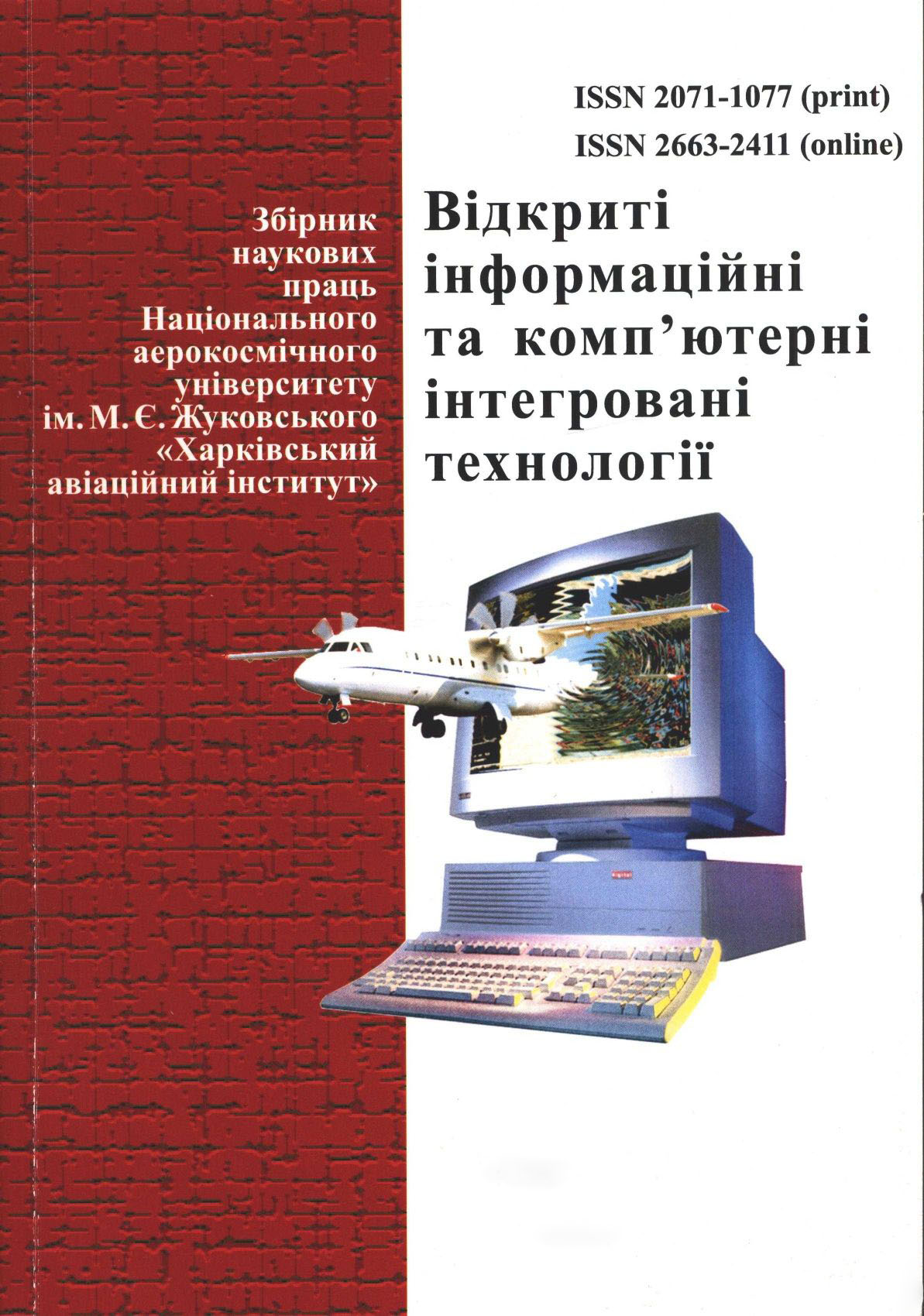Інтерактивна модель навчання критичному мисленню через ШІ-діалог

View/
Date
2025Author
Шаповал, М.В.
Чухрай, А.Г.
Мандрікова, Л.В.
Metadata
Show full item recordAbstract
У статті представлено міждисциплінарне дослідження, присвячене розробці
інтерактивного діалогового тренажера, що використовує штучний інтелект для
формування навичок критичного мислення у користувачів. Центральна ідея роб оти
полягає у зміні парадигми: не людина навчає ШІ, а ШІ, адаптуючись до користувача,
виступає як тренер та співрозмовник, моделюючи різні типи маніпулятивної мовленнєвої поведінки. Тренажер має форму щоденного діалогу, що імітує реальні комунікативні ситуації, з метою поступового формування здатності користувача розпізнавати дезінформацію, приховані директиви, логічні помилки та психологічні впливи.
Концепція тренажера натхненна ідеями С. І. Хаякави, викладеними в його
фундаментальній праці "Мова в дії" де проаналізовано типові мовні маніпуляції, що знижують якість мислення. Саме цей концептуальний апарат став основою сценарного модулю тренажера, де кожен тип впливу як апеляції до емоцій, авторитету, чи хибних дихотомій відтворюється за допомогою відповідних алгоритмів генерації мови.
У технологічній частині дослідження проаналізовано можливості використання сучасних мовних моделей ( XLNet, Bi LSTM) у контексті освітньої діалогової взаємодії. Зокрема, розглянуто, як моделі класифікації дезінформації можуть бути адаптовані до навчального процесу з урахуванням психолінгвістичного профілю користувача.
Запропоновано гібридну архітектуру системи з модулями адаптації, тематичного
моделювання, зворотного зв’язку, семантичного аналізу й підтримк и довготривалої
взаємодії.
Стаття спрямована на створення основи для розробки повноцінного цифрового
інструмента тренажера, здатного не лише виявляти дезінформацію, а й формувати
культуру усвідомленого мовлення та сприйняття інформації. Запропонована система може бути інтегрована в освітні платформи, зокрема для індивідуалізованого навчання студентів, журналістів, викладачів та інших професій, що потребують критичного аналізу інформації. Такий підхід сприяє не лише розвитку когнітивних навичок, а й формуванню стійкості до інформаційних впливів у цифрову епоху. The
article presents an interdisciplinary study de voted to the development of an
interactive dialogue simulator that uses artificial intelligence to develop critical thinking
skills in users. The central idea of the work is a paradigm shift: it is not humans who
teach AI, but AI, adapting to the user, act s as a coach and interlocutor, modeling
various types of manipulative speech behavior. The simulator takes the form of a daily
dialogue that imitates real communication situations, with the aim of gradually
developing the user's ability to recognize disinf ormation, hidden directives, logical
errors, and psychological influences. The
concept of the simulator is inspired by the ideas of S. I. Hayakawa, set out
in his fundamental work “Language in Action” [ which analyzes typical linguistic
manipulations th at reduce the quality of thinking. It is this conceptual apparatus that
became the basis for the simulator's scenario module, where each type of influence
such as appeals to emotions, authority, or false dichotomies is reproduced using
appropriate spee ch generation algorithms.
The
technological part of the study analyzes the possibilities of using modern
language models ( XLNet, Bi LSTM) in the context of educational dialogue
interaction. In particular, it considers how disinformation classificatio n models can be
adapted to the learning process, taking into account the user's psycholinguistic profile.
A hybrid system architecture is proposed with modules for adaptation, thematic
modeling, feedback, semantic analysis, and support for long term intera ction.
The
article aims to create a basis for the development of a full fledged digital
tool a simulator capable not only of detecting disinformation but also of forming a
culture of conscious speech and perception of information. The proposed system can
be integrated into educational platforms, in particular for individualized training of
students, journalists, teachers, and other professions that require critical analysis of
information. This approach contributes not only to the development of cognitive skills
but also to the formation of resistance to information influences in the digital age.
